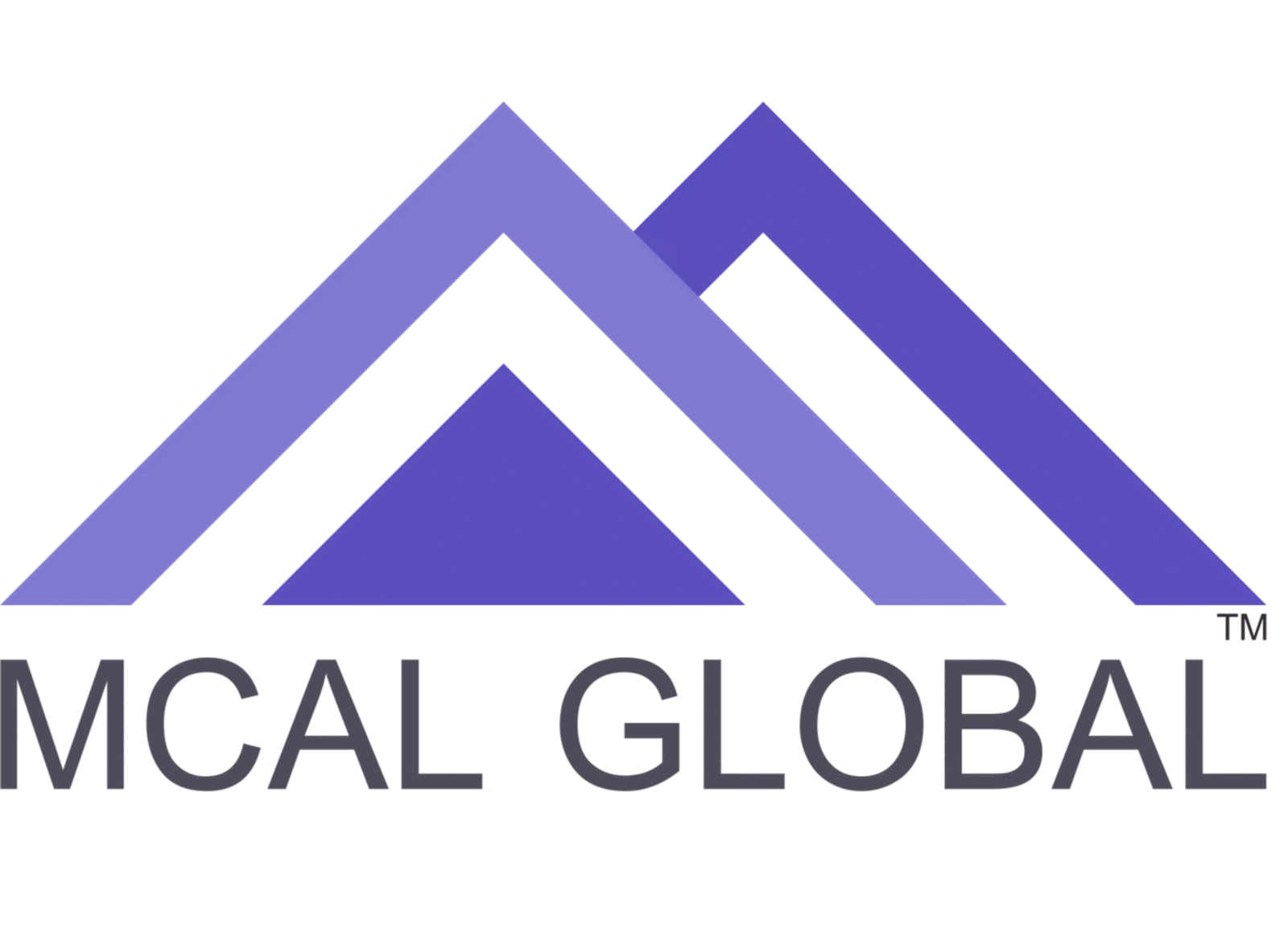User stories are a vital tool in the arsenal of a business analyst, enabling effective communication, requirements gathering, and stakeholder collaboration. With a focus on user needs and outcomes, user stories facilitate the translation of requirements into tangible and actionable elements. This article serves as a detailed guide to user stories from a business analyst’s perspective, exploring their definition, components, benefits, considerations, examples, and related tools and organizations that support their implementation.I. Understanding User Stories from a Business Analyst Perspective:User stories are concise narratives that capture the user’s perspective on a specific requirement or feature. As a business analyst, user stories allow you to articulate user needs and expectations, ensuring that solutions align with their goals and deliver value. By adopting user stories, you can bridge the gap between stakeholders and development teams, facilitating effective communication and collaboration.II. Components of User Stories in Business Analysis:
- Role: The role identifies the user or persona involved in the story. As a business analyst, you define the role based on stakeholder analysis and user research. For example, “As a customer,” or “As a system administrator.”
- Action: The action describes what the user intends to accomplish or the behavior they expect from the system. As a business analyst, you articulate the specific functionality or feature required. For example, “I want to search for products” or “I want to generate a monthly report.”
- Benefit: The benefit represents the value or outcome that the user expects to achieve from the action. As a business analyst, you analyze the underlying motivations and business goals to define the benefit. For example, “So that I can find relevant products quickly” or “To track performance and identify trends.”
III. Benefits of Using User Stories in Business Analysis:
- Requirement Clarity: User stories provide a clear and concise format to articulate requirements. As a business analyst, you can use user stories to capture and communicate complex ideas in a user-centric manner, ensuring a shared understanding among stakeholders.
- Stakeholder Collaboration: User stories foster collaboration between business analysts, product owners, developers, and stakeholders. By involving stakeholders in the creation and refinement of user stories, you can gather feedback, validate requirements, and promote a sense of ownership among all parties.
- Prioritization and Value Delivery: User stories enable you to prioritize requirements based on user needs and business value. By assessing the benefit and effort associated with each story, you can guide stakeholders in making informed decisions about feature implementation and value delivery.
- Iterative Development: User stories align with iterative and incremental development approaches. As a business analyst, you can use user stories to break down complex requirements into manageable chunks, allowing for iterative development cycles and feedback loops.
- Alignment with Agile Methodologies: User stories seamlessly integrate with agile methodologies, such as Scrum or Kanban. As a business analyst, you can leverage user stories to drive agile practices, including backlog refinement, sprint planning, and continuous improvement.
IV. Considerations for Writing Effective User Stories:
- Collaboration and Elicitation: As a business analyst, collaboration with stakeholders is crucial for eliciting accurate and complete user stories. Conduct workshops, interviews, and focus groups to gather insights and validate requirements.
- INVEST Criteria: Follow the INVEST criteria to ensure user stories are well-formed: Independent, Negotiable, Valuable, Estimable, Small, and Testable. This helps maintain the quality and effectiveness of user stories.
- User Acceptance Criteria: Collaborate with stakeholders to define clear acceptance criteria for each user story. These criteria set expectations and help validate the completeness and correctness of the delivered solution.
- Traceability and Impact Analysis: Maintain traceability between user stories and other artifacts, such as business requirements, use cases, or test cases. This ensures comprehensive coverage and facilitates impact analysis during changes or enhancements.
V. Examples of User Stories in Business Analysis:Example 1: User Story for a Banking App: As a customer, I want to transfer funds between my accounts, so that I can easily manage my finances and ensure timely payments.Example 2: User Story for an E-learning Platform: As a student, I want to track my learning progress and receive personalized recommendations, so that I can enhance my educational journey and achieve my learning goals.VI. Related Tools and Organizations:
- Jira: Jira is a popular project management tool that supports user story management, backlog prioritization, and sprint planning. As a business analyst, you can leverage Jira to collaborate with stakeholders and track user story progress. Website: https://www.atlassian.com/software/jira
- Trello: Trello is a flexible project management tool that allows you to organize and track user stories using boards and cards. As a business analyst, you can use Trello to visualize the user story workflow and facilitate collaboration. Website: https://trello.com/
- International Institute of Business Analysis (IIBA): The IIBA is a globally recognized professional organization for business analysts. They provide resources, certifications, and networking opportunities, including guidance on user stories and best practices in business analysis. Website: https://www.iiba.org/
- Scrum Alliance: The Scrum Alliance offers certifications, training, and resources for agile methodologies, including Scrum. As a business analyst, you can benefit from their guidance on user stories within the Scrum framework. Website: https://www.scrumalliance.org/
Conclusion:User stories form a fundamental technique for business analysts to capture and communicate user requirements effectively. By embracing user-centricity, collaborating with stakeholders, and leveraging related tools and organizations, business analysts can drive successful solutions that meet user needs and deliver value.References:
- Jira. (n.d.). Jira Software. Retrieved from https://www.atlassian.com/software/jira
- Trello. (n.d.). Trello. Retrieved from https://trello.com/
- International Institute of Business Analysis (IIBA). (n.d.). IIBA. Retrieved from https://www.iiba.org/
- Scrum Alliance. (n.d.). Scrum Alliance. Retrieved from https://www.scrumalliance.org/
For better understanding join MCAL Global’sMaster Business Analysis Training – MBATâ€. MBAT is the flagship business analyst course. MCAL Global has trained more than 2000 professionals on the business analysis processes, concepts, tools, techniques, best practices, business analyst certification, and software tools via this program.Â
Through active feedback collected from individuals & corporates, MCAL Global has perfected this business analyst course via numerous updates and revisions to deliver the best possible results for individuals or corporates.MCAL Global conducts a classroom for this business analyst course in Pune and business analyst course in Mumbai, else you can join our live online business analyst course from anywhere.Â
MCAL Global has trained professionals from the United States, UAE – Dubai, Australia, United Kingdom, and all major cities from India through our live instructor online business analyst courses. You can send your interest by visiting our contact us page.


